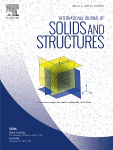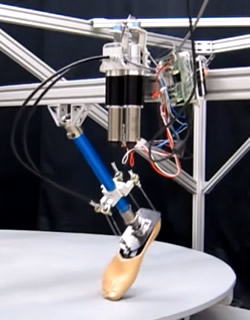Craig Friedrich (ME-EM) presented two podium papers, “Enhanced Bone Fixation of TKA Tibial Tray Implants with TiO2 Nanotubes” and “In Vivo Anti-Bacterial Effectiveness of Nanotextured Titanium Implant Surfaces” at the 31st International Society for Technology in Arthroplasty (ISTA) Conference in London, England.
The conference, which addressed innovative solutions for arthroplasty, took place Oct. 10-13, 2018 at the Queen Elizabeth II Conference Centre. Established in 1988, ISTA is dedicated to advancing the art and science of technology in joint replacement by connecting the leading clinicians, engineers, researchers, and industry members from around the globe.
Enhanced Bone Fixation of TKA Tibial Tray Implants With TiO2 Nanotubes
Daniel Justin – Nanovation Partners – Orlando, USA
Young S. Ngyuen – Optimotion Implants, LLC – Orlando, USA
William Walsh – University of New South Wales – Randwick, Australia
Matt Pelletier – Surgical &Orthopaedic Research Laboratory – Sydney, Australia
Craig R. Friedrich – Michigan Technological University – Houghton, USA
Erin Baker – Beaumont Health System – Royal Oak, USA
Sungho Jin – University of California San Diego – San Diego, USA
Clyde Pratt – Kinamed. Inc. – Camarillo, USA
Recent clinical data suggest improvement in the fixation of tibia trays for total knee arthroplasty when the trays are additive manufactured with highly porous bone ingrowth structures.
In Vivo Anti-Bacterial Effectiveness of Nanotextured Titanium Implant Surfaces
Craig R. Friedrich – Michigan Technological University – Houghton, USA
Erin Baker – Beaumont Health System – Royal Oak, USA
Sachin Bhosle – Michigan Technological University – Houghton, USA
Daniel Justin – Nanovation Partners – Orlando, USA
Periprosthetic infection remains a clinical challenge that may lead to revision surgeries, increased spending, disability, and mortality.








